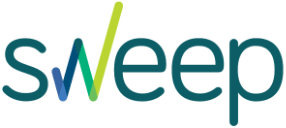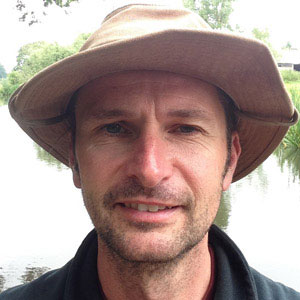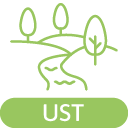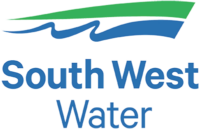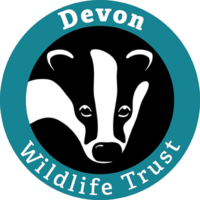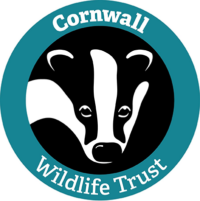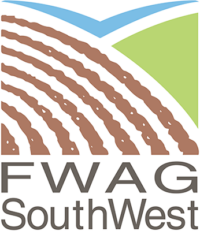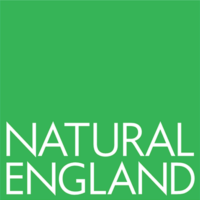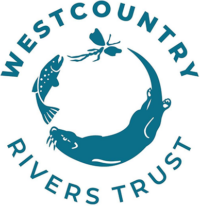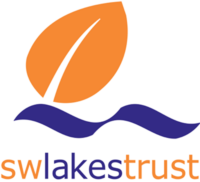Project team
Why it matters
Freshwater quantity and quality are key environmental concerns for the South West. Numerous economic activities rely on good water quality, either directly or indirectly, including the delivery of clean drinking water, fish and shellfish aquaculture, recreational fishing and the use of the region’s fresh and coastal waters as recreation and tourism destinations.
In 2020, the Environment Agency reported that 0% of rivers, lakes and streams in England are in good overall health. It is affected by pollution from agricultural and industrial activities, urban runoff and sewage, and surface water flooding. The build-up of excessive nutrients like phosphorus and nitrogen from animal waste and sewage reduces oxygen in rivers which harms its biodiversity. Plastic and synthetic chemical pollution and climate change further weaken the resilience of freshwater ecosystems.
Following the publication of Defra’s 25 Year Environment Plan in 2018, water companies began considering how they could better account for the environment in their 5-yearly cycle of business planning, both generally through catchment management and specifically via Natural Capital Accounting.
SWW were keen to invest further in catchment management solutions within their business planning and to be delivered through their innovative Upstream Thinking programme (UST) but, at the time, lacked the key evidence needed to support the investment case.
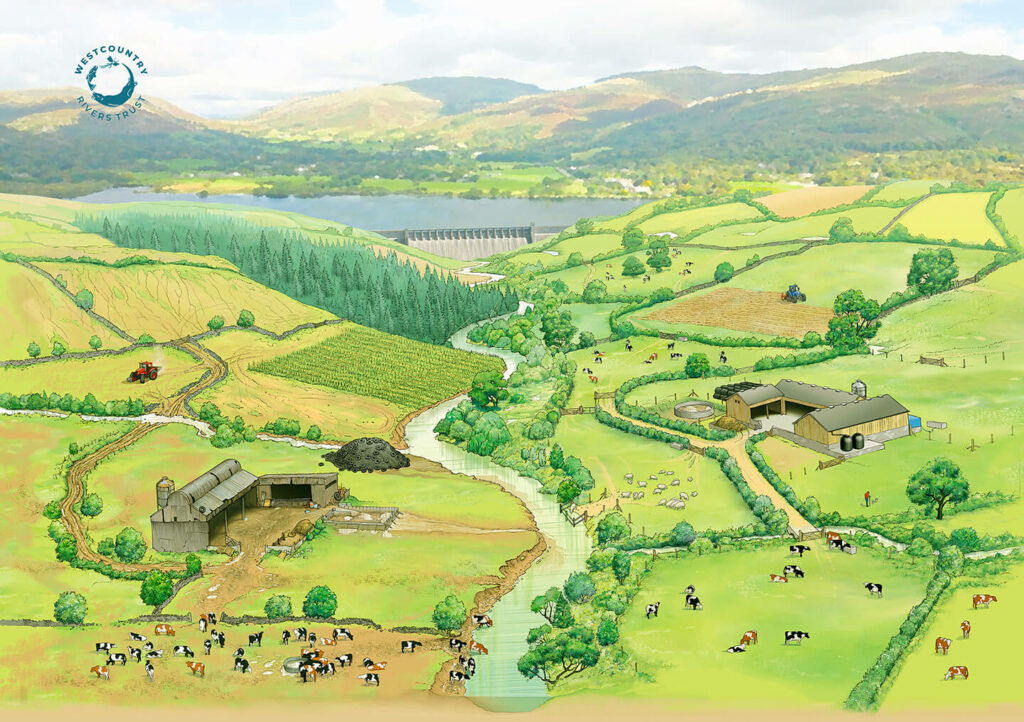
Partners
The SWEEP catchment management project was completely aligned with the work we were trying to do with SWW. The first phase put in place the building blocks. The second phase, developing the UST Portal, will completely change the way we report and monitor UST! Developing a single, integrated data capture solution that everybody can use… is critical and will utterly transform the UST monitoring and evaluation process.
Nick Paling, West Country Rivers Trust.
What we did
During the PR19 planning process, the need for a new method for recording UST activity was identified, to provide evidence of achievements and ensure consistency in reporting.
Outputs include:
- Upstream Thinking Portal – designed to allow Delivery Partners to consistently record interventions and activities delivered as part of the UST programme. The portal uses the ArcGIS Online platform and is only accessible to SWW and the UST Delivery Partners. Details of the Portal and its Instruction Manual are located at: https://sweep.ac.uk/ust-portal/
- UST Decision Support Tool (DST) – developed for use alongside the UST Portal, the DST is a series of Contextual and Evaluation Data Layers. It was designed to help Delivery Partners and SWW improve UST management within catchments, by enabling them to be better informed about the landscape and natural processes and to help evaluate the impact of interventions on water quality and biodiversity. This tool is also only accessible to SWW and the UST Delivery Partners via ArcGIS Pro. A report detailing the DST is located at: https://sweep.ac.uk/ust-portal/
Impacts & benefits
- Improved collaboration and understanding – Development of the UST Portal led to improved collaboration, co-operation, understandings and knowledge sharing between SWW and the Delivery Partners.
- Enhanced data and capabilities – The SWEEP UST Portal provides SWW with a new, more powerful mechanism to record UST3 engagement activities and interventions, both through time and spatially in greater depth of detail than previously possible.
- Trusted evidence – In 2021 it demonstrated the potential for an “auditable and transparent delivery data trail” essential for auditors to sign off on number of hectares of land actively engaged for water quality and biodiversity enhancement ODI targets. It 2022 it was the sole reporting mechanism for this audit process.
- Supporting future business planning – With business planning for PR24 ongoing, the UST Portal is expected to generate data for SWW’s PR24 Business Plan, influencing OFWAT’s decision making and SWW’s future investments post-2025. Data is to be used to help understand and model outcomes of Nature Based Solutions, leading to investment, cost savings or potential new income sources from Biodiversity net gain or carbon credits.
- Delivering outperformance awards and cost savings – In 2020-21 the UST Portal helped SWW claim the maximum possible annual outperformance rewards for ODI targets, which are capped at £4.02M. In the following year (2021-2022), the UST Portal became SWW’s primary tool for quantifying UST performance enabling SWW to again claim the maximum annual outperformance reward of £4.02M. Internal cost savings were also expected to accrue to SWW during 2021-2022.
- Capacity building and upskilling – 8 UST Delivery Partners and 3 SWW staff were trained in the use of new UST Portal.
- Anticipated benefits to UST Portal users – UST Portal users anticipate that the newly created DST will be used to support planning for PR24 and UST4, could identify new areas of opportunity and improve cross-team relations and understandings. It is also hoped that work on the UST Portal can continue to boost its function for Delivery Partners.
The new (SWEEP-designed) UST Portal is a really valuable data tool, giving us a depth of data that we’ve not had before. For the first time we know exactly where we’ve been in terms of spatial mapping and what we’ve done on every farm that we’ve engaged. The process of inputting data using the UST Portal is now more streamlined, easy, time-efficient, consistent and ultimately more effective, as more detailed data can be recorded.
David Smith, SWW
Looking to the future
UoE work continues to support and maintain the UST Portal and DST under the new CREWW centre.
For more details contact Prof. Richard Brazier r.e.brazier@exeter.ac.uk or visit the CREWW website.
